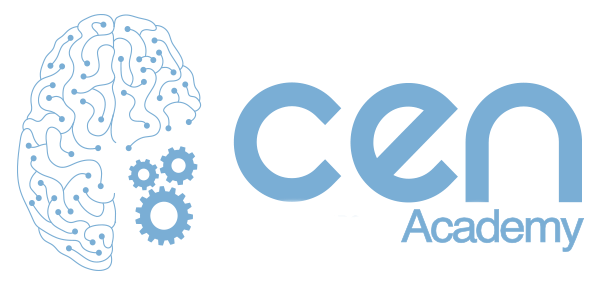What if I told you that something as simple as the strength of your hand could predict not only your ability to hold a coffee cup but also your likelihood of surviving a heart attack? Welcome to the fascinating world of grip strength, where science, health, and function collide.
Grip Strength as a Biomarker
Handgrip strength (HGS) is more than a reflection of muscular power—it’s a mirror to your overall health. Studies involving millions of adults reveal that lower grip strength predicts mortality, cardiovascular events, and even cognitive decline. In f. It’s also central to diagnosing frailty and sarcopenia, conditions that rob many older adults of their independence.
But grip strength isn’t just about survival—it’s about living well. It correlates with functional capacity, mobility, and the ability to perform daily activities. Declines in HGS, particularly after middle age, signal systemic changes: reduced muscle quality, impaired nervous system efficiency, and inflammation. In short, your grip strength is a biological health report card.
Botulinum Toxin and Stroke Rehabilitation
For stroke patients, grip strength takes on a different dimension. Spasticity—a common post-stroke symptom—causes stiffness in the hand and forearm muscles, locking patients out of functional recovery. Enter botulinum toxin (BoNT), a treatment that temporarily relaxes spastic muscles. By freeing the hand from the grip of spasticity, BoNT can unlock rehabilitation potential. It reduces pain, improves range of motion, and helps stroke survivors regain some degree of functional independence.
But there’s a catch. Too much relaxation of the wrong muscles can weaken already fragile grip strength. While BoNT is invaluable in reducing excessive muscle tone, its effectiveness depends on precise targeting and integration with rehabilitation therapy—a delicate and critical balancing act.
My experience working with numerous patients highlights a critical issue: misapplication of BoNT. I have seen many patients treated with BoNT who are left unable to close their hands due to excessive weakening of key muscles. This renders their grip entirely non-functional, severely limiting their ability to perform everyday tasks. Such results are not only counterproductive—they are completely not recommended. It’s a reminder that while BoNT can be a powerful tool, it must be used with precision, ensuring that functional muscles essential for grip are preserved.
In these cases, BoNT treatments must be approached with caution, integrated into a comprehensive rehabilitation program, and tailored to the patient’s specific needs. Without this careful consideration, the potential benefits of BoNT risk being outweighed by the loss of essential hand functionality, a clear setback in the recovery process.
The Future of Grip Strength
What makes grip strength so powerful is its simplicity. It requires no advanced technology, just a dynamometer and a firm squeeze. Yet, its implications are vast. Imagine a world where your hand grip test during an annual physical offers insights into your cardiovascular health, muscular integrity, and even neurological function.
But grip strength alone is not enough. Interventions must evolve, combining tools like strength training, physical and occupational therapy, and personalized medicine. The future lies in harnessing the diagnostic and predictive power of grip strength while ensuring that treatments like BoNT empower, rather than weaken, recovery.
A Final Squeeze
Grip strength isn’t just about hands—it’s about health and human potential. Whether predicting disease or enabling recovery, it bridges the gap between function and form, biology and behavior. So the next time you shake someone’s hand, remember: you might be holding more than their grip—you might be holding a clue to their health.
Let’s talk about it. What’s your grip on the potential of this underappreciated biomarker?
This publication has been inspired by «Internationalnormsforadulthandgripstrength:Asystematicreviewofdataon2.4millionadultsaged20to100+yearsfrom69countriesandregions» https://www.sciencedirect.com/science/article/pii/S2095254624001741
José López Sánchez
CEO @ Centro Europeo de Neurociencias | Intensive Therapy Specialist

